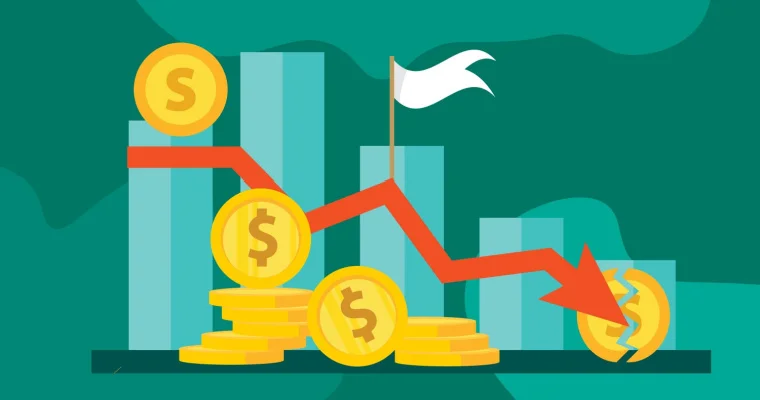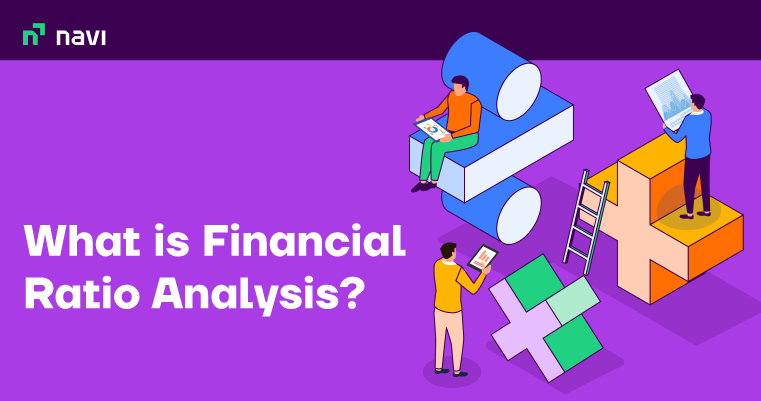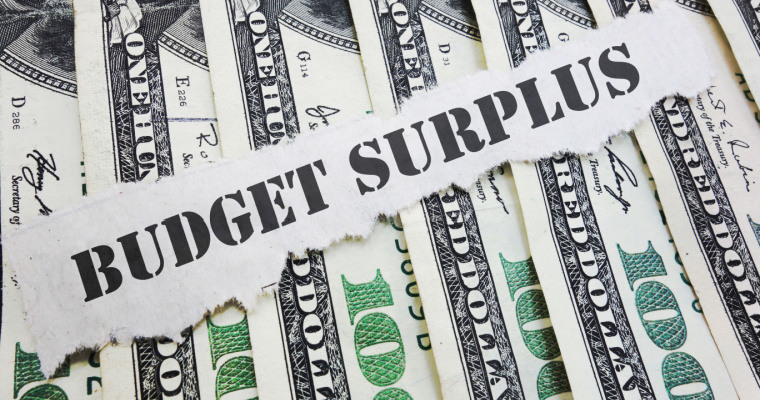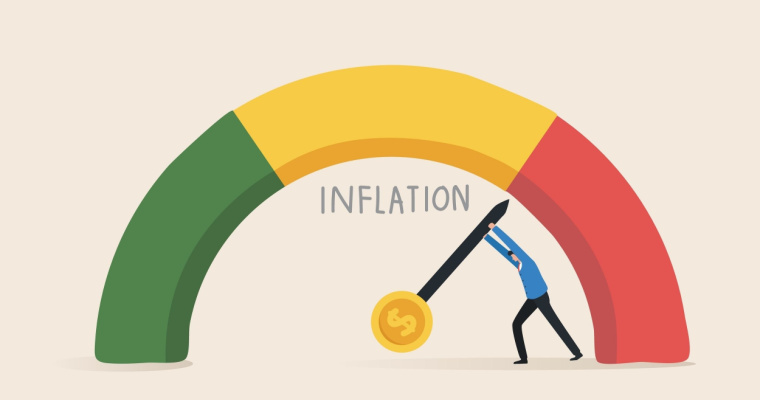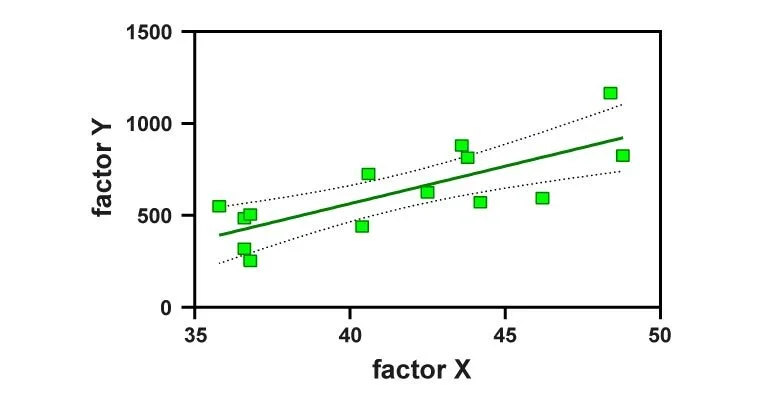Commercial Loans: Eligibility, Types, Benefits, Working And Application Process

Commercial loans or business loans are popular methods of accessing credit by business establishments. While the terms are interchangeably used, commercial loans generally have a larger credit size than business loans. The market for commercial loans is bigger than it has ever been. The overall commercial loan had a 93% growth in its portfolio value from FY17 to FY21.
This is due to various causes, including an improving economy, increased employment, and increased demand for small and medium-sized firms. As a result of the increased demand, lenders have expanded their offers and increased the number of financing choices available.
What Is a Commercial Loan?
A commercial loan is a short-term loan used to increase a company’s working capital and pay for large expenses and operational costs. It is a type of financing that small businesses employ when they need funds but cannot afford to raise them through the stock and bond markets.
Commercial loans are sanctioned by banks (or a consortium of banks) and other financial organizations based on the debtor’s financials and credit score.
Why Would You Need Commercial Loans?
A company may require funds for the following reasons:
- A commercial loan can help you get the necessary equipment, whether heavy machinery or office PCs. Furthermore, the lender can hold the bought equipment as collateral without requesting additional security.
- Companies with a solid market position can now progress to the next stage: business expansion. For business expansion, companies will require funding; commercial loans can help. Business owners can also consider expanding into a new target market or geographic area.
- Substantial working capital is the foundation of any successful organization, whether micro, small, medium or large. Companies with difficulty maintaining working capital can opt for a commercial loan to offset the negative financial consequences.
- Small businesses might not have the necessary credit profile. Thus, they may have a difficult time obtaining substantial loans from the banking sector. So, to build a good credit profile, they opt for small commercial loans.
Types of Commercial Loans
There are numerous types of commercial loans available to companies; some of them:
1. Bank overdraft facility
If a company needs immediate cash to make a payment but does not have the required amount in the bank account, it can opt for a bank overdraft facility. These loans enable firms to withdraw cash over what is available in their current account. The most significant advantages of bank overdrafts are cheaper interest rates and less documentation.
2. Term loans
As the name implies, term loans are issued for a set period during which the borrower must return the loan plus interest. Further, it can be divided into secured (with collateral) and unsecured loans. The interest rate offered on secured loans is less than on unsecured loans because of the collateral.
According to terms, it can be categorized into;
- Short-term loans (less than 12 months),
- Medium-term loans (12 months to 36 months), and
- Long-term loans (more than 36 months).
3. Letter of credit
A letter of credit is a document issued by a financial organization to the customer’s supplier to guarantee that the customer can make the payment on time for the goods provided. The lender pays the total or remaining sum on the borrower’s behalf if the buyer fails to make the payment.
It is commonly used in import-export transactions.
4. SME collateral-free loans
In an SME collateral-free loan, the lender does not require any personal guarantee or collateral to provide a loan; the loan amount and interest rate are based on the borrower’s profile, including age, income, credit score, etc.
5. Commercial Mortgage
Commercial mortgages, often known as business mortgages, allow business owners to borrow funds to purchase commercial real estate or land for their company. The property itself secures the loan.
How Do Commercial Loans Work?
Lending institutions give out commercial loans to help businesses fulfill short-term capital needs, such as working capital needs, operations costs and equipment purchases.
Commercial financing functions similarly to typical business loans in the majority of cases. It indicates that the borrower must pay back the loan amount plus interest within a set period. Lenders usually have a set of criteria and terms and conditions in place for these types of loans.
Features and Benefits of Commercial Loans
A few features of commercial loans are:
- Commercial loans can be categorized into;
- Short-term loans (less than 12 months),
- Medium-term loans (12 months to 36 months), and
- Long-term loans (more than 36 months).
- It can be divided into secured (collateral needed) and unsecured loans. The interest rate offered on secured loans is less than on unsecured loans because of the collateral.
- Individual customers are not given commercial loans; they are given to businesses.
- Commercial loans are available with either fixed or floating interest rates. If companies opt for a fixed interest rate, it will stay the same throughout the tenure. However, if the interest rate is floating, it will fluctuate with market changes.
- Lending institutions provide commercial loans to firms to assist them in meeting short-term capital requirements such as working capital, operational costs, and equipment purchases or expansion.
- Getting a commercial loan is hassle-free with reasonable interest rates, the flexibility of usage, the quick disbursal and improved credit report.
Eligibility for Commercial Loans
For issuing commercial loans, various commercial lending organizations have varying standards. Some of the most basic parameters are as follows:
- In India, single proprietors, self-employed professionals, partnership firms, private limited corporations, and public limited companies can apply for commercial loans.
- Borrowers must be Indian citizens who are between 21 and 65.
- Businesses must have a continuous revenue stream and a high annual turnover and must meet the minimum yearly income criterion.
- The business must have been in existence for at least a year.
Documents Required for Commercial Loans
When applying for a commercial loan, a company must provide specific documentation to the lender. Depending on the lender, the documentation may vary.
However, the basic documents required are
- Companies/individuals’ GST or VAT statements for a certain period or PAN card.
- Proof of continuation in business.
- A duly filled application form.
- Companies’ financial statements for a certain period.
How to Apply for Commercial Loans?
Obtaining a loan has been quite simple and quick in recent years. The money will be credited to your account within a few days if you submit the paperwork and meet the eligibility requirements.
For the loan, both online and offline applications are acceptable.
- In the online method, visit the lender’s website, click on apply now, fill in the required details, and the lender will get in touch with you.
- In the offline mode, visit the lender with the required documents, and the lender will verify the documents and will ask you to fill out a form. Once verified, the loan amount will be transferred in a couple of days.
Fees and Applied charges for Commercial Loans
A firm or a self-employed individual must pay specific fees and levies when seeking a commercial loan. A borrower may be required to pay pre-payment charges, loan processing fees, stamp duty, late payment charges, etc.
Before applying for a commercial loan, check the lender’s requirements and fees and make an informed decision.
| Bank | Interest Rate | Loan Processing Charges |
| HDFC Bank | Min 11.90% & Max 21.35% | Up to 2.50% of the loan amount subject to a minimum of Rs.1000/- |
| Axis Bank | Ranging from 9.40% – 18.50% | Up to 2.00% + Applicable taxes |
| Tata Capital | Starting at 19% p.a. | Up to 2.50% of the loan amount + GST |
| ICICI Bank | Up to 17% p.a. | Up to 2% of the loan amount plus GST |
Also Read
Final Word
Before opting for commercial loans, you must consider elements such as interest rate, credit score, and other fees. By examining these criteria, one can determine whatever works for them. It also prevents consumers from making poor judgments, such as selecting an unsuitable lender, selecting an inconvenient term, or borrowing more than they require. Further, when they miss a payment, their credit rating suffers.
FAQs
Ans: Some lenders allow part payment, but there could be restrictions on how many times you can part pay and the maximum amount you can repay. Further, there could be some fees as well. Thus, you need to examine this with the lender.
Ans: Usually, banks may refuse to lend to business owners with poor credit; however, some banks might offer loans at a significantly higher interest rate.
Ans: In India, single proprietors, self-employed professionals, partnership firms, private limited corporations, and public limited companies can apply for commercial loans. Further, borrowers must be Indian citizens who are between 21 and 65.
Ans: Yes, commercial loans can be categorized into secured and unsecured loans. The interest rate offered on secured loans is less than on unsecured loans because of the collateral.
Ans: In recent years, getting a loan has been much easier and faster. If you submit the documentation and match the qualifying requirements, the money will be credited to your account within a few days. The loan accepts both online and offline applications.
Before you go…
- Looking for instant ? personal loans 24*7 anywhere, anytime? Install the Navi app now!
- Or, maybe you’re looking to buy that house you’ve been eyeing ? and
you need a loan of up to Rs.10 crore. Install the Navi app now and get instant in-principle approval right away! Interest rates starting at 6.95% p.a. - How about an affordable health insurance policy ?⚕️ starting at a monthly premium of just Rs. 241? Install the Navi app now and get your policy in under 2 minutes.
- Instead, want to put your savings into action and kick-start your investment journey ? But don’t have time to do research. Invest now with Navi Nifty 50 Index Fund, sit back, and earn from the top 50 companies.
This article has been prepared on the basis of internal data, publicly available information and other sources believed to be reliable. The information contained in this article is for general purposes only and not a complete disclosure of every material fact. It should not be construed as investment advice to any party. The article does not warrant the completeness or accuracy of the information, and disclaims all liabilities, losses and damages arising out of the use of this information. Readers shall be fully liable/responsible for any decision taken on the basis of this article.

Customer’s Feedback
No comments found.What is Primary Deficit? – Example, Formula & Measures
What is a Primary Deficit? Primary Deficit is the difference between the current year’s fiscal... Read More »What is Financial Ratio Analysis? – Objectives, Types and Uses
Ratio analysis is a process that allows people to assess the financial health of a company. Using t... Read More »Treasury Management – Its Functions, Types and Benefits
Even the most well-funded business can run into huge losses if it does not have the resources to fu... Read More »How Anti Money Laundering Combats Financial Crime?
Anti Money Laundering (AML) is a system of rules, laws, regulations, and procedures that financial ... Read More »What is Salvage Value and Why is it Useful?
Salvage value, also called scrap value, is the value of a specific asset after its useful life. In ... Read More »Key Difference Between Factoring and Forfaiting in Trade Finance
Factoring and forfaiting have grown in prominence as major sources of export financing. For the uni... Read More »What is Factoring and its Importance in Financial Management?
Factoring is a practice in which a company buys the accounts receivable of another company at a dis... Read More »What is Budget Surplus: Its Effects, Advantages and Impact with Examples
When the revenue of a government, business, or individual exceeds its expenses in a given period, i... Read More »What is Balanced Budget – Components, Importance and Examples
In financial planning or the budgeting process, a balanced budget is one in which total anticipated... Read More »What Does Inflationary Gap Mean in Macroeconomics?
In macroeconomics, the difference between current and potential GDP is known as a gap. This gap is ... Read More »What is Accounting Conservatism in Finance and How Does it Work?
Accounting conservatism involves a conservative set of accounting guidelines wherein the worst-case... Read More »Multiple Linear Regression (MLP) – Uses, Formula and Examples
Various statistical models help in establishing a relationship between different variables. Multipl... Read More »Top 10 Chit Fund Schemes in India in 2023
Chit funds are one of the most popular return-generating saving schemes in India. It is a financial... Read More »10 Best Gold ETFs in India to Invest in April 2023
Gold ETFs or Gold Exchange Traded Funds are passively managed funds that track the price of physica... Read More »10 Best Demat Accounts in India for Beginners in 2023
Creation of Demat accounts revolutionised the way trades were conducted at the stock exchanges. It... Read More »20 Best Index Funds to Invest in India in April 2023
What is an Index Fund? An index fund is a type of mutual fund or exchange-traded fund (ETF) that... Read More »Best Arbitrage Mutual Funds to Invest in India in April 2023
Arbitrage funds are hybrid mutual fund schemes that aim to make low-risk profits by buying and sell... Read More »10 Best SIP Plans in India to Invest in April 2023
What is SIP? SIP or Systematic Investment Plan is a method of investing a fixed amount in ... Read More »10 Best Corporate Bond Funds in India to Invest in April 2023
Corporate bond funds are debt funds that invest at least 80% of the investment corpus in companies ... Read More »10 Best Bank for Savings Account in India [Highest Interest Rate 2023]
Savings account is a type of financial instrument offered by several banks. It lets you safely depo... Read More »


